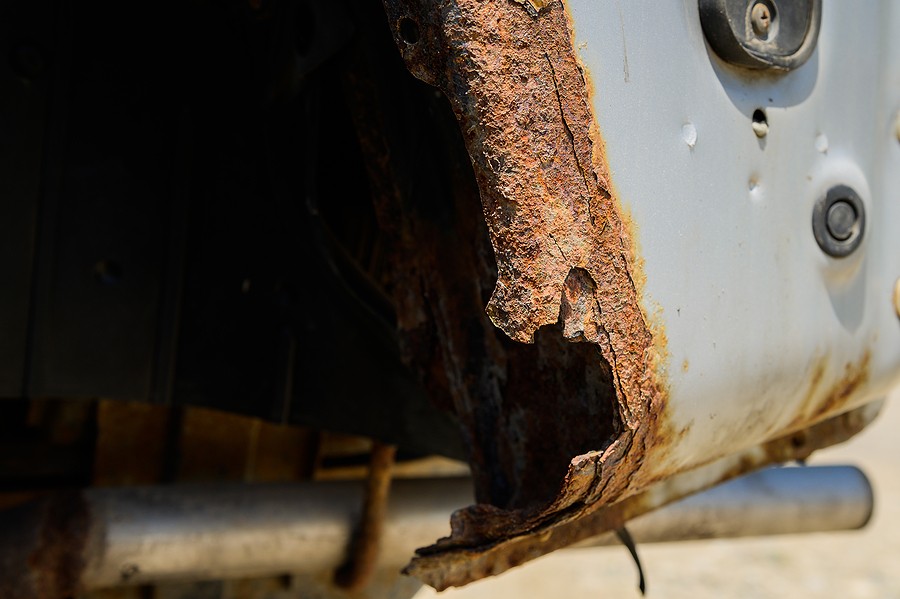If you're searching for “how to know if your car is rusting away,” here's what you should be looking for:
- Surface rust
- Bubbling paint
- Visible rust patches
- Rusty exhaust system
- Holes in the metal
- Rattling noises
- Difficulties opening and closing doors
- Rust inside the trunk and under the carpets
- A musty odor in the cabin
- Rust in the suspension components
Rust works like a cancer that could kill your vehicle in no time. It impacts your vehicle's appearance and also gets to the structural integrity that makes it unsafe to drive.
As a car owner, it's important for you to understand when the rest is considered a lot versus when it's acceptable. In other words, there are some signs indicating that your car is rusting away that you have to be aware of so you can make the right decision about whether you should continue driving this vehicle or not.
This article highlights the ten common symptoms that could indicate that your car is rusting away. Once you notice any of these symptoms, you should talk to your mechanic and see your options for selling this vehicle and buying a better one.
How do you know if your car is rusting away?
When your car rusts, sometimes the rust might be acceptable when it's just impacting a couple of areas within your car. However, at some point, if it's not taken care of, this might lead to further damages that result in converting your beautiful truck into a complete clunker.
The following list highlights the ten most common symptoms you should watch to help you answer the question, “How do you know if your car is rusting away?”
1. Surface rust
In general, most rust starts on the surface of your car. Take a quick look at the vehicle and see if there are any rusted areas. These areas might be repairable, but in some instances, it might get deeper and impact the frame of your car.
2. Bubbling paint
Sometimes, the rust might not be showing up already. In other words, it could be just hidden underneath the paint. Therefore, look for any areas showing any bubbling paint that could have rust hidden underneath it.
If you confirm that, you should not touch the area, and you should reach out to your professional mechanic, who can help address the problem without impacting the entire paint job and causing us to spread over.
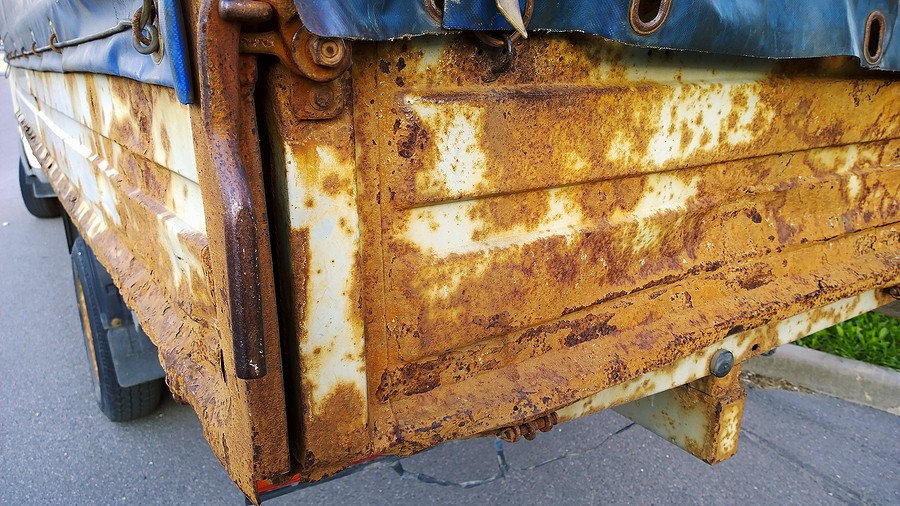
3. Visible rust patches
In a lot of situations, people indicated that there are rusted vehicles started by showing rust patches around the car. In other words, these patches might be gathered around a previously scratched area and then impacted by the environment to develop the rust.
4. Rusty exhaust system
If you cannot see rust on that vehicle's exterior, you might want to look deeper and check the exhaust system. Many people indicated cars started showing the biggest signs of rust on the exhaust system because it's at the bottom of the vehicle and interacts with the road the most.
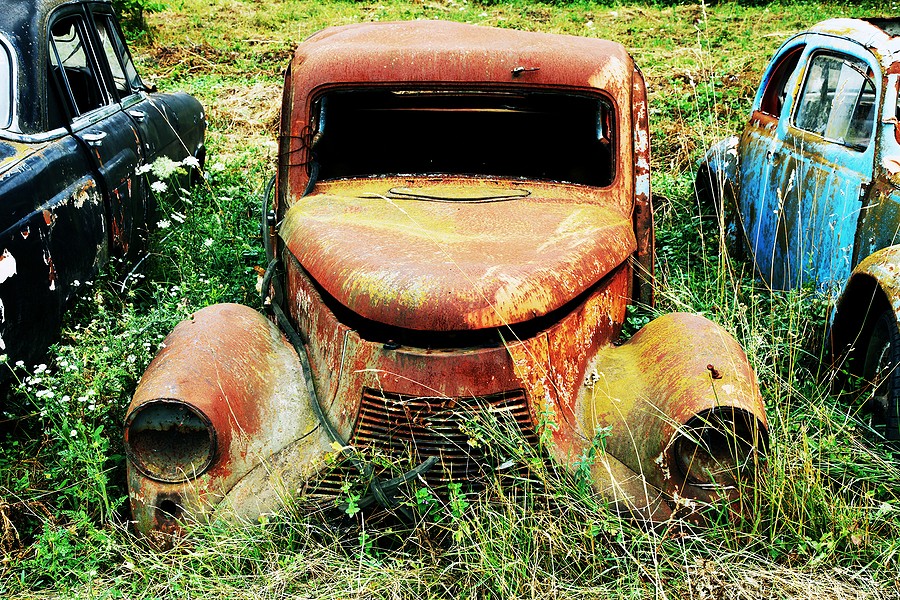
5. Holes in the metal
Rust does not stop by showing only patches of rust on the vehicle paint. Sometimes, it might reach the metal components and impact your car's structural integrity. That's why you should also be looking for any potential signs of holes in the metal that could indicate this problem. If that's the case, it might indicate that your car is rusting away, and you might want to consider selling it.
6. Rattling noises
If frost impacted major components in your vehicle, you'll start hearing some rattling noises. These noises might indicate that some components got loose and weaker and couldn't stay connected to the other components. In that case, your vehicle might be worth selling rather than waiting on us to see your time and money trying to fix it.
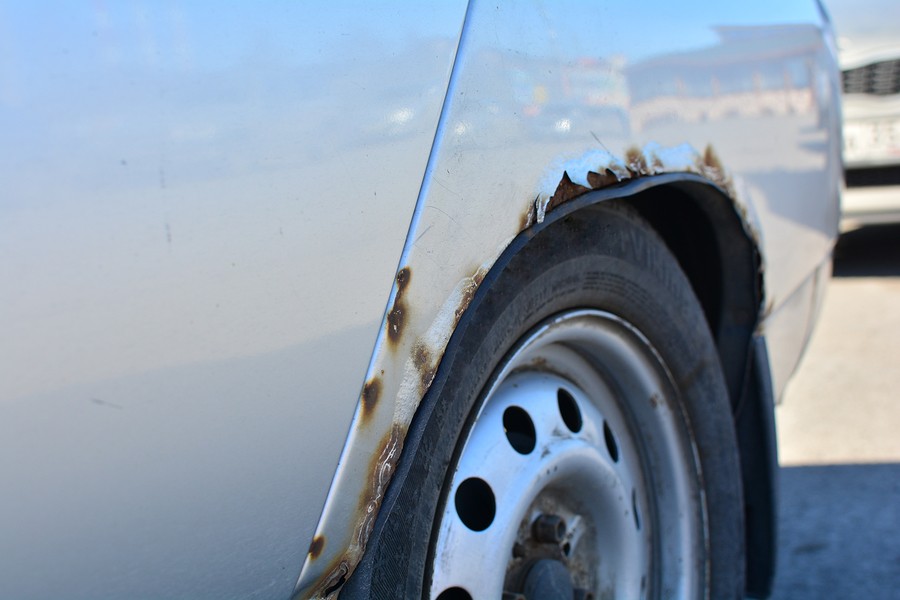
7. Difficulties opening and closing doors
If rust impacts the doors, you'll first notice that the doors will not be closing properly. It'll take effort and time to close the door securely. That's why you should monitor for any of these behaviors early on before things evolve and for it to impact the metal frame of your car.
8. Rust inside the trunk and under the carpets
Another area you might want to check to confirm whether your vehicle is rusting away or not is inside the trunk and under the carpet spirit. Sometimes, the rust might be hidden, and it might have developed under the carpet because of the winter salt or other environmental contaminants that impacted the vehicle.
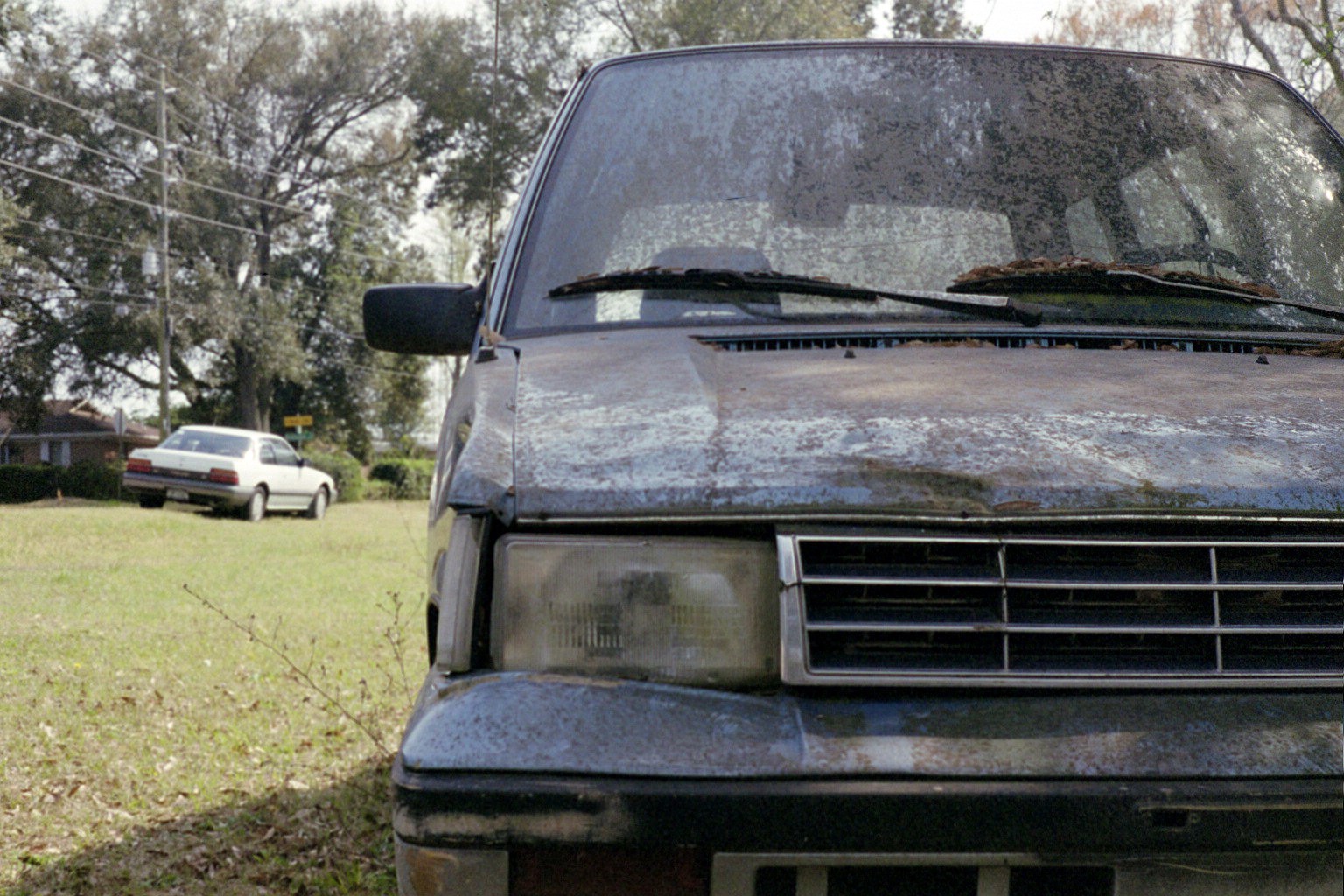
9. Musty odor in the cabin
Usually, when your vehicle is rusting away and getting very old, you might notice some strange, musty odors coming from the cabin. These indicate some potential mold building up in the vehicle and might indicate that your car is approaching the end of its lifetime.
10. Rust in the suspension components
Finally, the suspension system is another component you might want to check to confirm whether you have any potential rust. Pension systems also interact with the row continuously, like the exhaust system; therefore, it has a higher potential of getting rusted than other components in your car.
Regardless of whether the area is building, it would be best if you addressed it as soon as possible. The more you wait on the problem, the harder it gets for you to fix it and the more likely you need to get rid of the car because, in most scenarios, driving won't be safe.
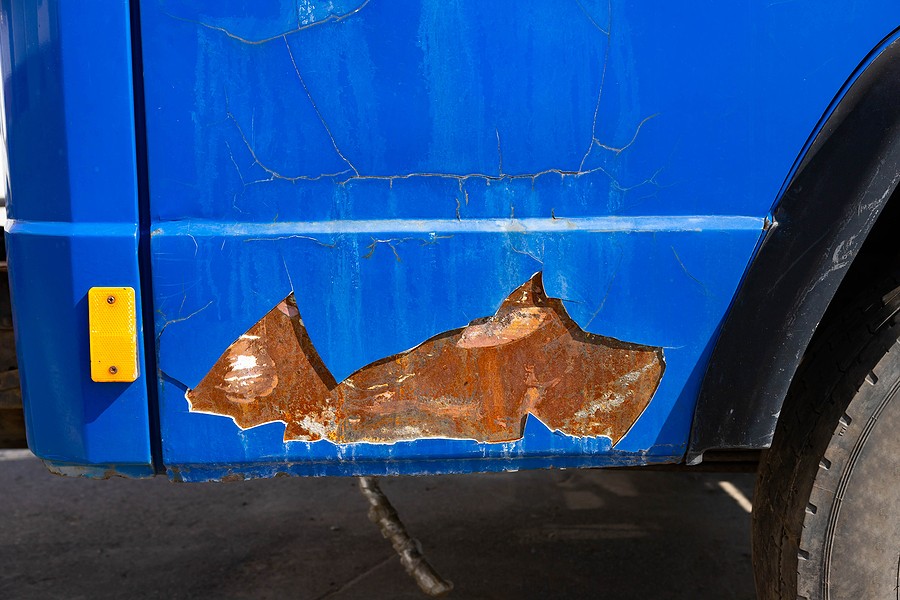
What to do if my car is rusting?
If you confirm that your car has some patches of rust, whether this is very severe or just starting, you have some options to choose from, including the following:
1. Use rust removal kits
Depending on the severity of the rust, you might be able to get rid of the rest of yourself. There are plenty of available commercial kits and many good components that are easy to use and don't need any professional experience.
You can rely on these kits and try removing the rust areas, assuming that these are repairable. In other words, the rust might be significant and have already impacted your car's structural components.
2. Consider a professional rust repair
Even if you couldn't remove the rust yourself, there might be a hope that you could get those removed by a professional service. Plenty of available roster repair shops have certain tools that could scrub the impact components and paint them again to fix them.
You must read a lot about those repair shops to choose the right one with the right experience and not cause additional troubles to your car areas that are not impacted.
3. Implement rust prevention
Before considering any potential repair options, you must implement rust prevention measures. For example, if you know that some components might get impacted by rust because of your environment, consider parking your car in a different area or consider using a rust inhibitor paint.
4. Replace impacted parts
If the rusted area is not repairable and your mechanic or the professional indicates that there is no way you can fix it, we still hope to replace the part. For example, say that a door within your vehicle is impacted by rust. You can remove that door and replace it with a different one, assuming that repair costs are insignificant.
5. Sell your car
Finally, if the structural integrity of your car is impacted, there might be no hope of fixing your vehicle, especially if it impacts your safety. Many automotive experts recommend selling your car if it reaches this point, assuming the rust impacted most of its components.
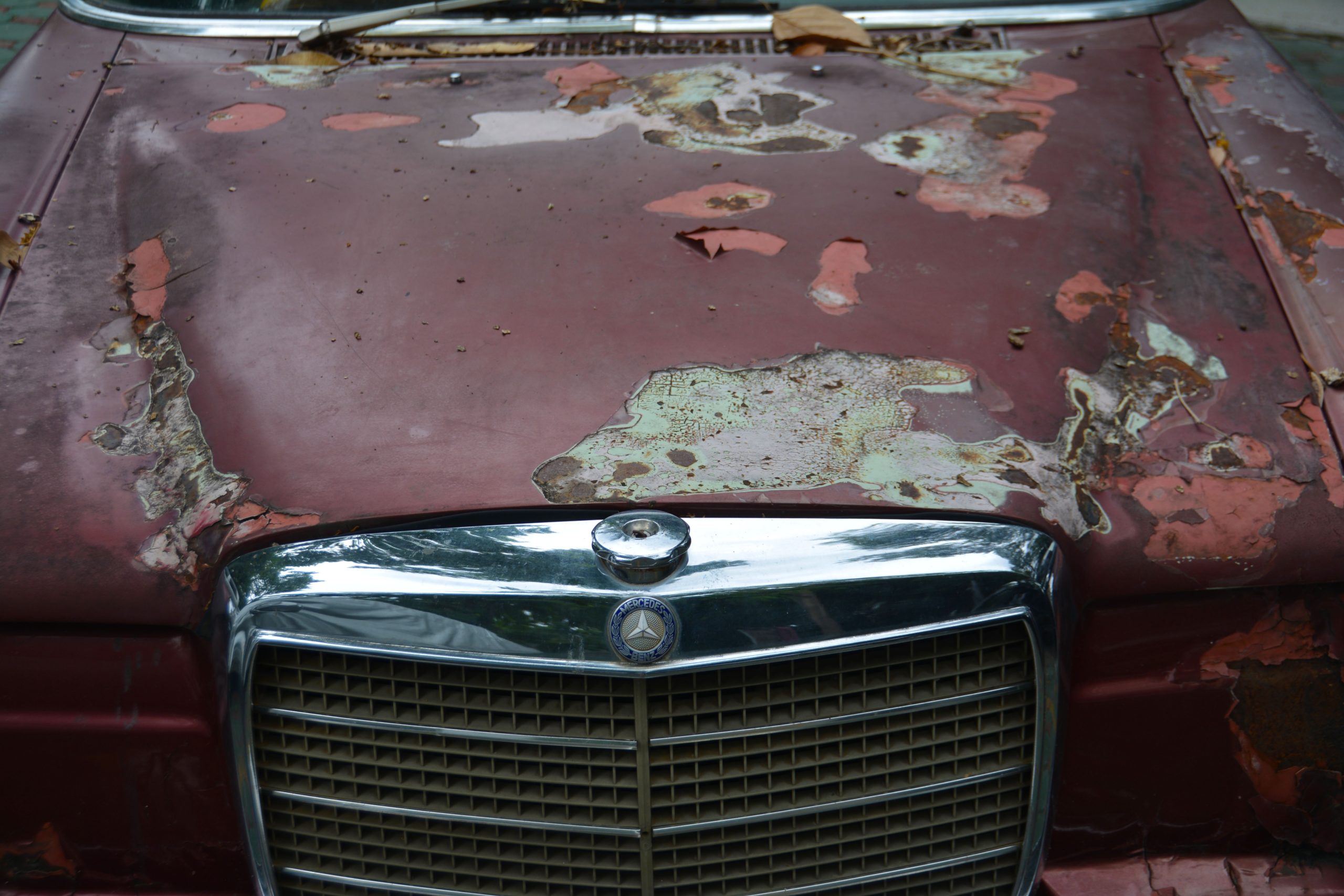
How to Know If Your Car Is Rusting Away? Final Thoughts
Rust is considered one of the worst enemies impacting any vehicle. It is important that you address it as soon as possible before it impacts other areas and reaches your car's structural integrity.
This article highlighted the ten most common symptoms that could help answer the question, “How do you know if your car is rusting away?” If you confirm that rust impacts your car significantly, it could be the perfect time to buy a better one.
I am looking for someone to pick up your rusted car. Call Cash Cars Buyer at 773-791-4363.
For similar articles, visit our blog by clicking here.

